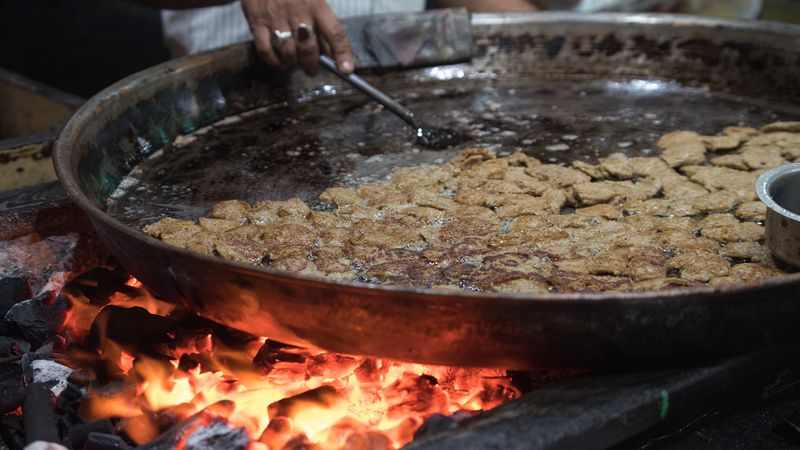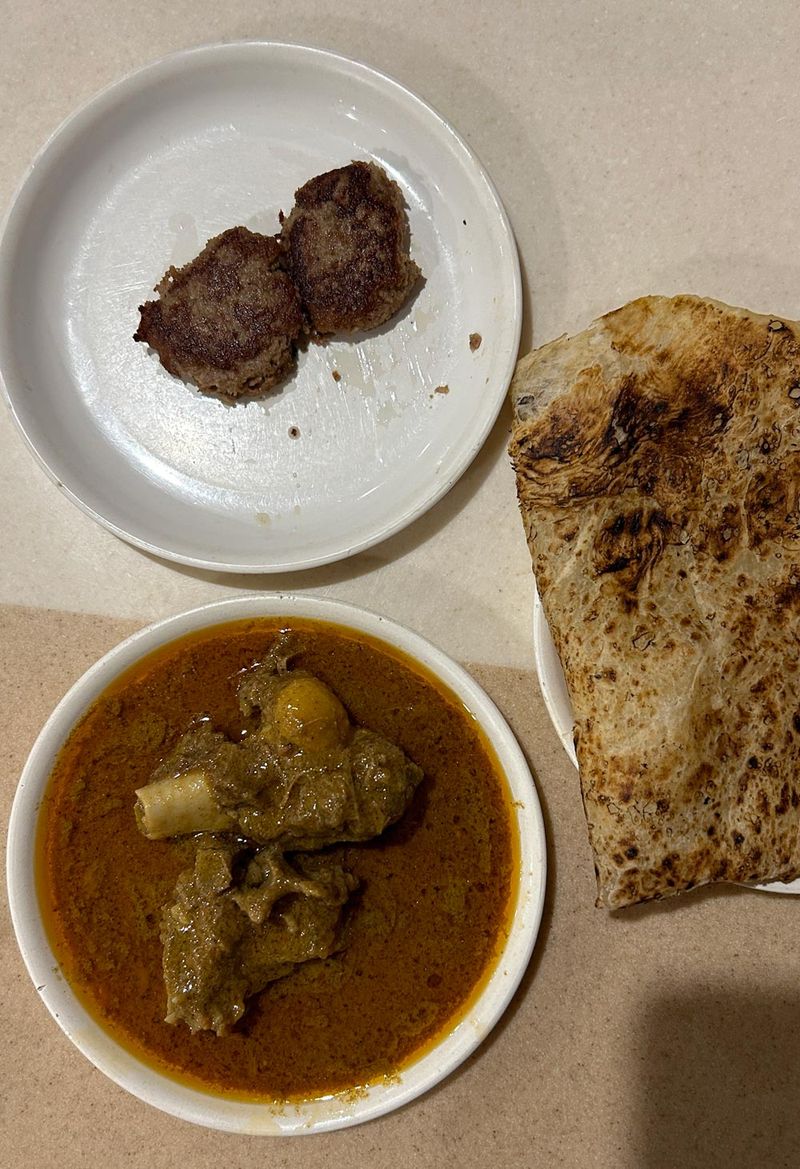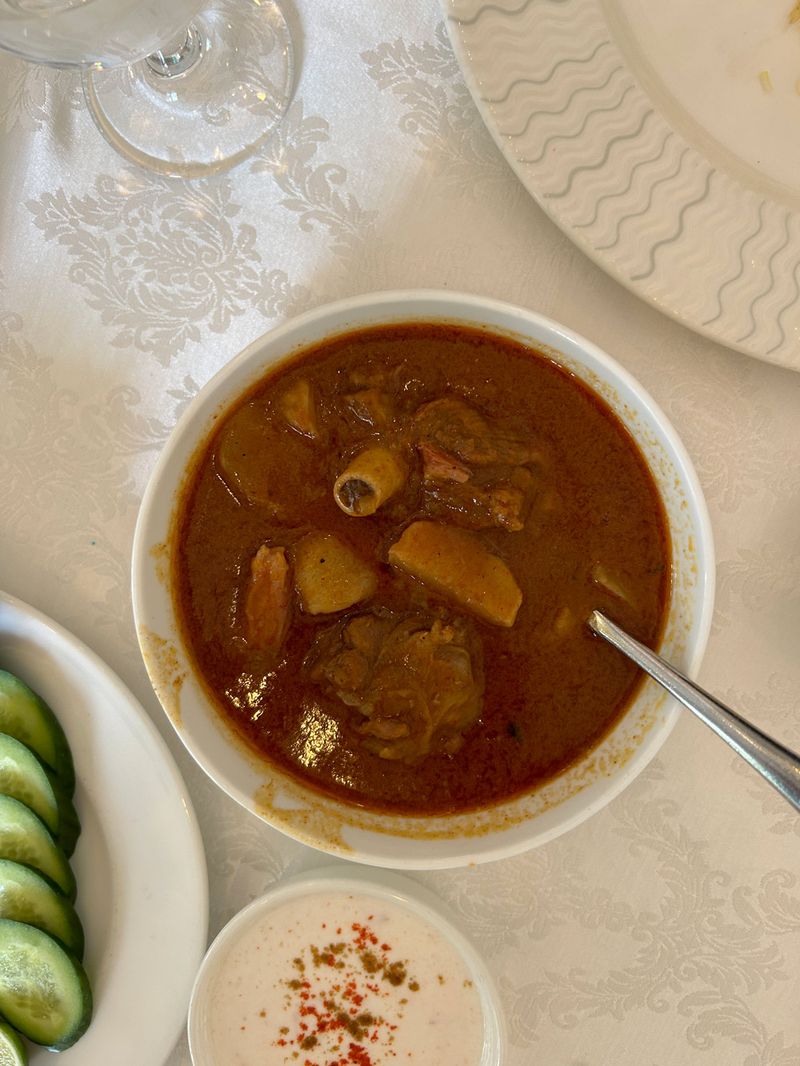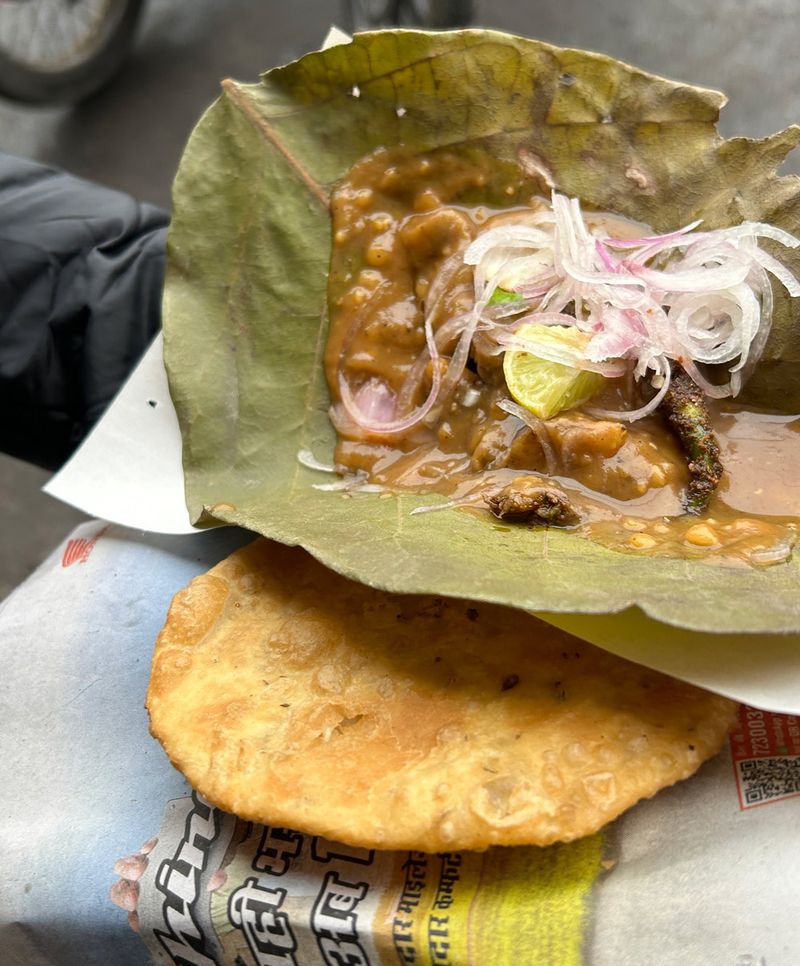As the sun sets over Lucknow’s thousand minarets, a symphony of aromas begins to waft through the air, drawing locals and wanderers into a culinary embrace like no other. It is a warm welcome for a traveller to the culinary capital of Awadh, where every bite tells a tale of tradition and heritage.
Eating here isn't merely a necessity, it's a cultural experience, a journey through centuries of flavourful history. With its rich Mughal influences and delicate balance of spices, Awadhi cuisine reigns supreme, tantalizing taste buds and stirring nostalgic memories with each dish.

On the streets of Lucknow
It was in late 2023 when a friend with Lakhnavi roots had an epiphany and wanted to share her city's secrets with her friends. Thus started 'Lucknow With Anubhuti', a curation by a food lover for foodies, exploring the best places to eat in Lucknow, with a rich touch of history and culinary traditions. You, dear reader, must take advantage of a chance to experience the culinary heritage and specialty of Lucknow, through its streets.
Albeit, eating kebabs in the City of Nawabs is equated with a visit to Tunday Kababi, an institution that is over a century old and features proudly on the list of the World’s most legendary restaurants by Taste Atlas at #12. But there is much more to the Awadhi cuisine, that the residents will tell you in a whisper.

Qaiser Bagh, next to Hazratganj forms a food palace on an unassuming street. As you walk on the narrow lanes after 4pm, the waft of freshly made kebabs and parathas makes a crying appeal to indulge. On the food tour with Anubhuti Krishna, I found a life-changing truth about kebabs - that it may not even look like a kebab! Naushijaan, an old restaurant serves this lip-smacking, gobble-worthy paste of meat in an earthen pot, the size of one that serves 200 gm curd in West Bengal.

My favourite meal was however at this literal hole-in-the-wall restaurant called Naimat Khana, tucked away under the home of a famed Soz-khwani artist, run by Sheeba Iqbal Jairajpuri, a septuagenarian possessing a treasure of culinary knowledge. “Gelawat is papaya, hence the kebab made with minced papaya (to tenderise the mincemeat) is called Gelawat Ke Kabab,” she informed our group.
While Naimat Khana has limited seating and booking is recommended on weekends, the ambience speaks volumes about the crafty perspective they want you to leave with. Walk down a corridor filled with books to find a table in the neat courtyard of the house, where you will be served Awadhi breads in woven baskets, and an array of kebabs and kormas that leave a taste of nostalgia so strong, that takes at least a few weeks to wear off. Try the Rogani Tiqiya, a bite-sized roti with the korma, and go for the Ulte Tawa Ka Paratha’ - flaky and dreamy with your kebabs - be it gelawat or shami.

On the topic of kebabs, a must-not-miss dish is the Boti kebab at Dastarkhwan. There are two different franchises, but both serve delectable food. With outlets in Qaiser Bagh and Gomti Nagar, this place is always buzzing with guests, indulging in their famous melt-in-mouth chicken masala and boti kebabs - pieces of solid meat in a semi-gravy form, reminiscent of Nawabi pukht (the process of slow cooking).
Yes to vegetarian
While these places are heaven for meat eaters, Lucknow has a delightful vegetarian cuisine too. “There are mithai places that also serve legendary food - like Netram and Madhurima in Aminabad, which are perfect for vegetarians,” shares Anubhuti Krishna, curator of the tour.
Puris and kachoris form the majority of breakfast requirements all over the city. Noteworthy places include Vajpayee Kachori Bhandar in Hazratganj, where people eat standing on the streets, and the crowds around the store every morning tell you about its popularity. Served with a tangy chhole dish, the kachoris are moist yet flaky, brittle yet fulfilling.

Finish your meal with a swig of lassi at the next-door sweet shop, Ram Asrey. Also a century old, this shop owns the credit for the Malai Paan Gillauri, a sweet made in the shape of a triangular paan, with layers of malai inside that will send any sweet lover to a state of bliss.
Anubhuti says, “No matter how many street food joints are in Lucknow, a sumptuous meal at either Azrak within Lebua Lucknow or Oudhyana at Taj Mahal Lucknow is a true testament of Awadhi cuisine and hospitality. One must try eating at least one meal here.”
A chat about chaat
When in Lucknow, one cannot leave without trying the massive variety of chaats available in Hazratganj. Lining up the pavement leading to the underground metro station, Moti Mahal stands out as bright flowers attracting bees would. Try the tikiya (potato patty), chhole (chickpeas) or palak patte (spinach fritters) ki chaat at Moti Mahal, and finish your meal with a quintessential imarti with rabri in the Lucknow style when here.
Street vendors sell a delightful green peas chaat in winter through spring. Panipuris are called Batashe in Lucknow, and Shukla Chaat House beside the St. Joseph Cathedral Church is the best place to taste it. He may seem like the nonchalant old fellow, but his batashe is out of this world. A fad food - the Basket Chaat - is served by some other stores on this lane. It is neither appealing with its oil-heavy basket nor pleasant to eat.
You are better off skipping this Instagram-trended item.
Lastly, it is a sin to leave Lucknow without eating its kulfi and malaiyo. At Prakash Kulfi in Aminabad, a full plate easily serves three, and one can choose toppings to be poured on top of the traditionally made matka kulfi, luscious in texture and verdant in a kesar flavours. Malaiyo on the other hand is a seasonal dish made from milk cream shredded from the top in a thin film, available during winter. The milk foam is topped with some rabri, warq (silver foil), cardamom powder and pistachio, giving it a heavenly stature, among its many variants found in Uttar Pradesh.


_1710493840119_thumb_1200.jpeg?w=3840&q=75)
